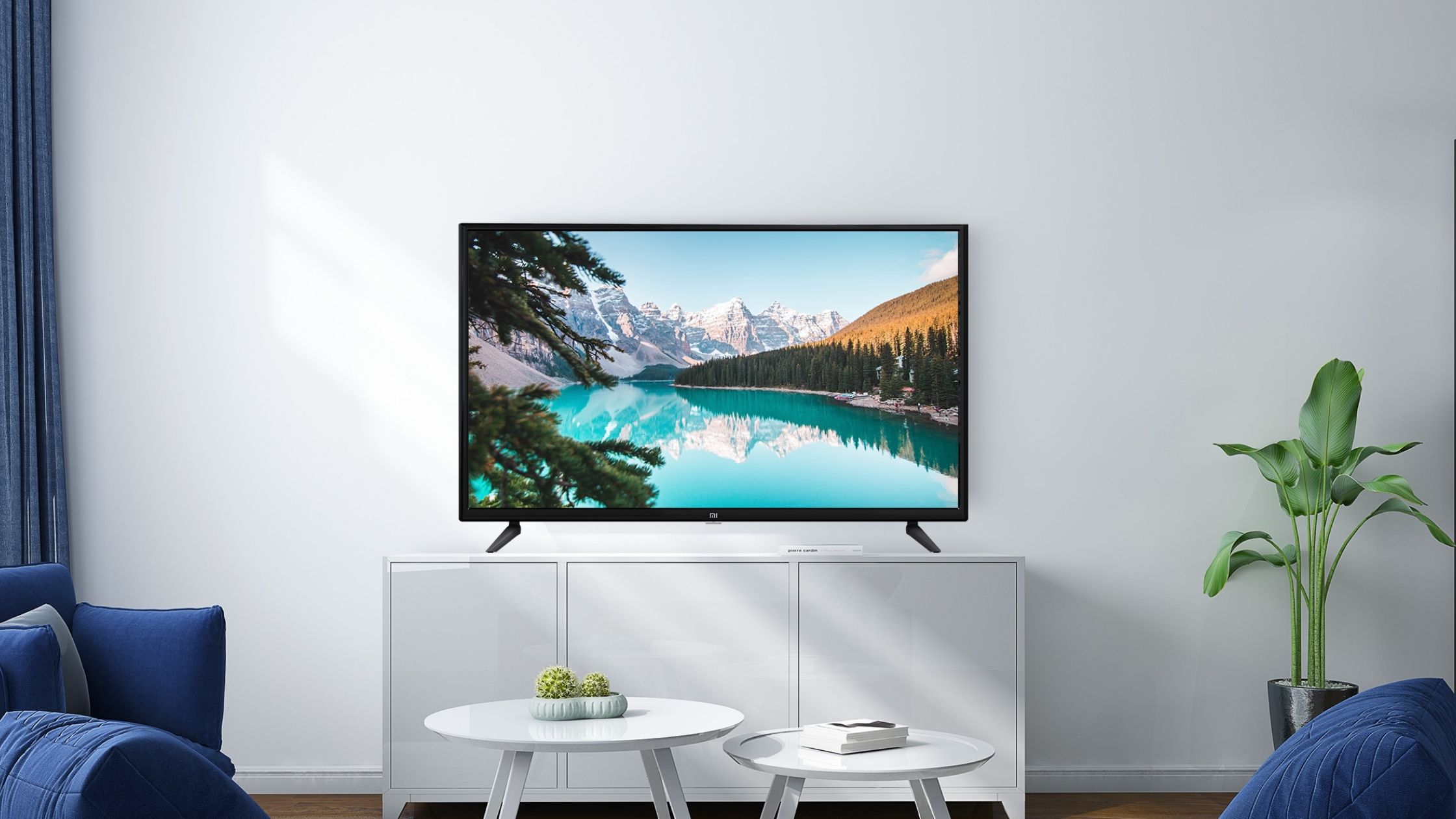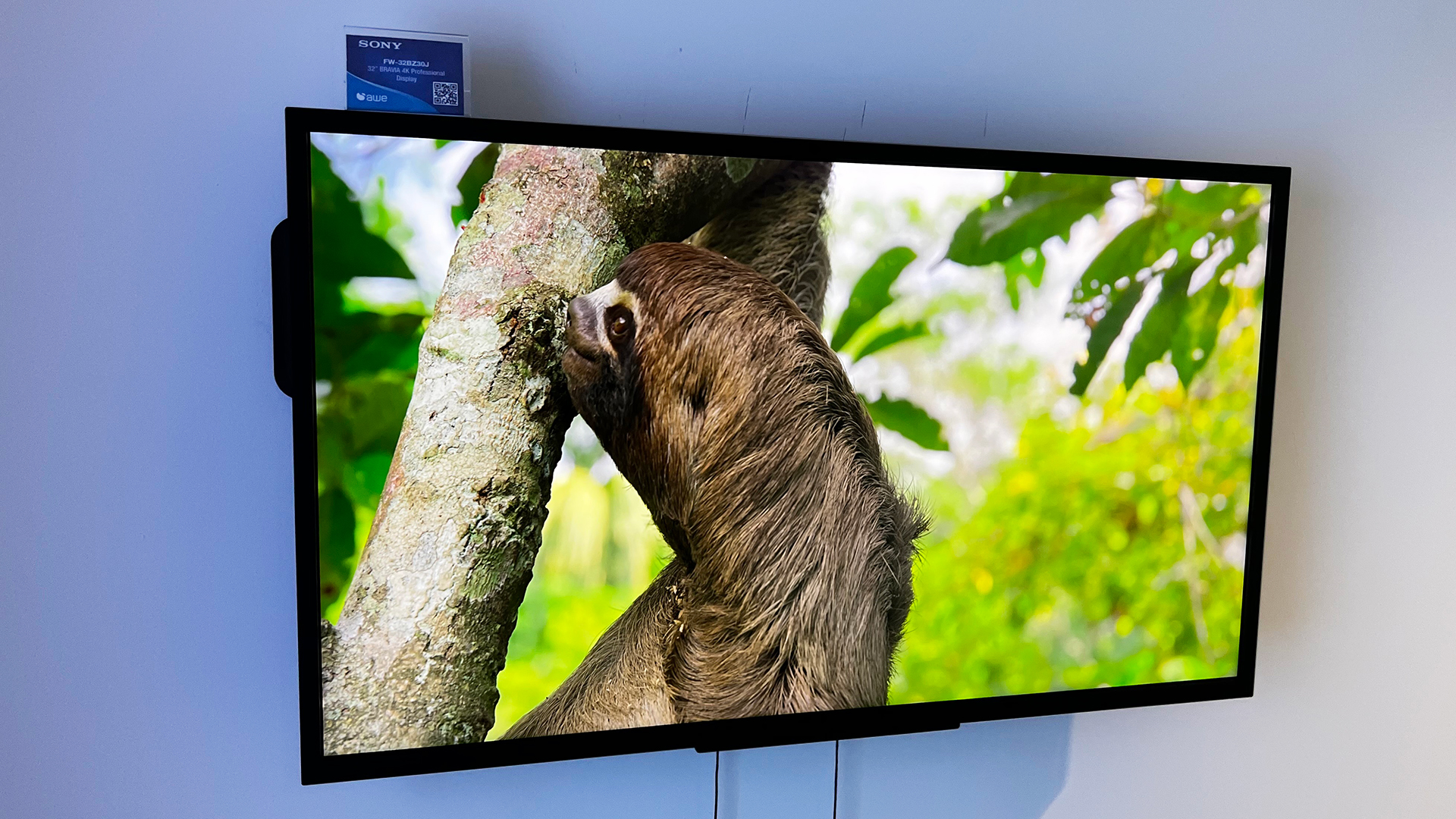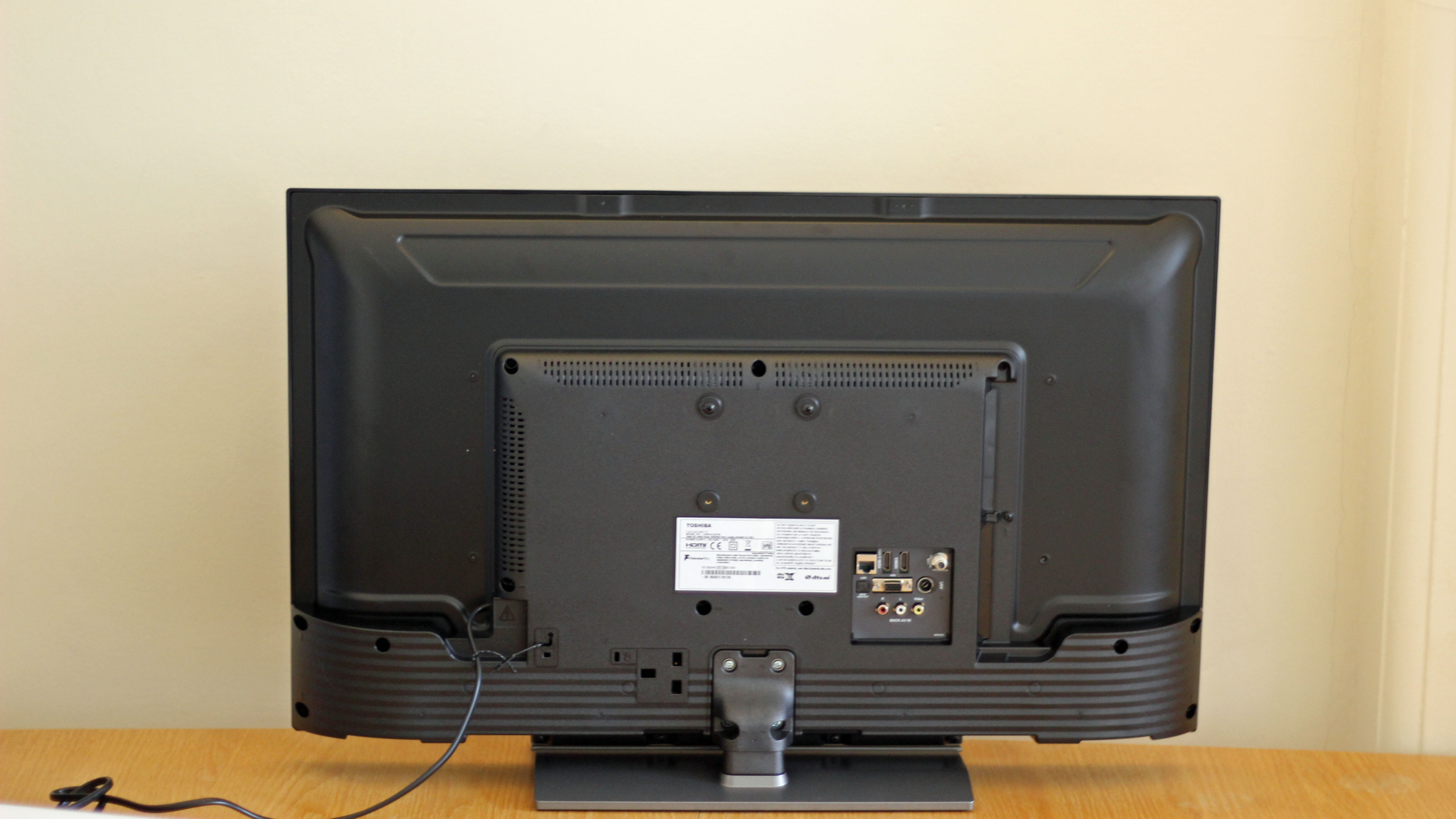How to buy the perfect 32-inch TV: the 5 big questions answered

On the lookout for one of the best 32-inch TVs? While average TV sizes seem to be getting larger every year, there’s still something to be said for a purposefully small TV.
If you don’t have the space, or will, to fit in one of the best 4K TVs at a massive size – or, let’s face it, the budget – a wallet-friendly small TV can still do many of the same things, even if you’re taking a hit compared to the most premium specifications.
You might find a small TV much more convenient for moving between rooms, or just not dominating the decor the way a larger screen would. For some people, getting the best TV possible is crucial – but for many of us we’re happy to accept the odd compromise.
But if you’re looking for a 32-inch TV that doesn’t make you want to hurl it out the window, we’ll run you through everything you should look for in your next small screen purchase.
How much does a great 32-inch TV cost?
First, the price. The main benefit of a small TV is the small price tag, and you may well be able to nab one for a double-digit figure.
Budget Insignia TVs can go for as little as $80 in the US, with cheap Toshiba screens starting for around double that ($140 / £150). Australian shoppers can grab low-cost TCL screens for AU$400 too. These bottom-barrel screens won’t impress too much in the picture department, but the option is certainly there.
A higher-spec small TV like Samsung The Frame will go for $529 / £369, but you shouldn’t be shelling out more than that for a TV of this size.
Sign up for breaking news, reviews, opinion, top tech deals, and more.
Why can’t I get a 32-inch 4K TV?

One of the big omissions in a 32-inch TV is 4K resolution – you’ll generally get Full HD (1080p) instead of Ultra HD, with a quarter of the pixels of a 4K screen. Many cheaper models may even be stuck with just HD (720p), such as the Toshiba WK3C, too.
That’s because of pixel density, which refers to how closely pixels are bunched together on a screen. When a screen is too small, cramming in 4K won’t benefit you, as the human eye can only make out Full HD picture quality at a regular viewing distance.
If you're sitting much closer than a regular living room layout, you could make out all the 4K pixels, as with a 4K monitor, but the assumption here is that you’ll be treating this small TV like a normal TV.
If you do want 4K, it becomes the norm when on 40-inch TVs or larger.
Is HDR important?
Some small TVs will pack in HDR (high dynamic range), even where 4K is absent – and it’s a very good thing to look out for.
When a TV show or movie is available in HDR, rather than simply SDR (standard dynamic range) it means the content is encoded with a wider array of color information, allowing for more nuanced color gradations and richer hues, where the TV panel is capable of showing it.
On a cheap, small TV, the difference between SDR and HDR may not be massive – as the panel might not be advanced enough to fully take advantage of the increased dynamic range. But you’re less likely to miss 4K if the pixels you can see offer a bit more punch, and it’s a very commonly offered feature these days on most TVs.
What ports should I get on my small TV?

You’re unlikely to get a massive array of ports and inputs on a small TV – as there’s less room for the manufacturer to work with. But you should make sure that your basic connection needs are being met. In particular, you should make sure that you buy a TV with HDMI ports – two at a minimum, three ideally (it's rare to find more than three on a 32-inch TV).
If you’re planning on plugging in a games console, like a Nintendo Switch (as a machine that doesn’t output 4K, it’s quite a good match for a smaller screen) it’s crucial that your TV has an HDMI input. The same goes for a streaming devices, which we'll come to in a minute.
You’ll often have to make do with an HDMI 1.4 port, rather than the more recent HDMI 2.0 and HDMI 2.1 standards, but that shouldn’t worry you too much – 1.4 still allows for 1080p (or ‘Full HD’) passthrough at a maximum of 60fps, which will cover the capabilities of any 32-inch TV. Just don’t expect a small display to impress as a gaming TV for your new PS5.
Some small TVs even come with built-in DVD players, but they may be a little harder to find than they used to.
What about smart TV platforms?

It’s important to know exactly what TV you can actually watch on your new screen. You’ll generally get a built-in TV tuner for watching basic TV channels, but smart TVs offer a lot more than that – with a medley of streaming apps and services for all your content desires. If you already have a streaming device to plug in, though, this won’t be as big a worry.
Cheap TV hardware tends to ship with cheap software, though. Aside from having to deal with a basic interface, this means you might not get every key streaming app (Netflix, Disney Plus, and the like).
Roku, Amazon Fire TV, or the Tizen platform (used on Samsung The Frame) are all good bets if you can get them, as well as the Android OS used on some Cello TVs. In the UK, it’s good to check for Freeview Play as well, with plenty of free programming from the UK’s biggest broadcasters.
The good news is that, because you can just add a streaming stick to a TV's HDMI socket, it's okay if you find the ideal TV hardware for you but you don't like the software – add an Amazon Fire TV Stick Lite or a Roku Streaming Stick and you'll get the slick operating you're hoping for.

Henry is a freelance technology journalist, and former News & Features Editor for TechRadar, where he specialized in home entertainment gadgets such as TVs, projectors, soundbars, and smart speakers. Other bylines include Edge, T3, iMore, GamesRadar, NBC News, Healthline, and The Times.